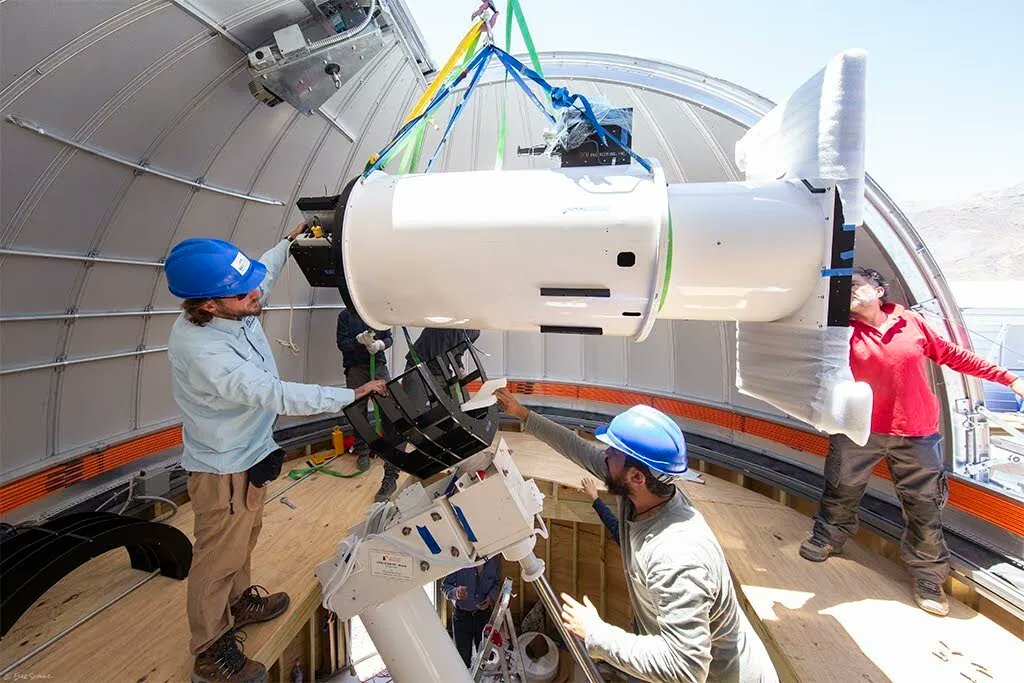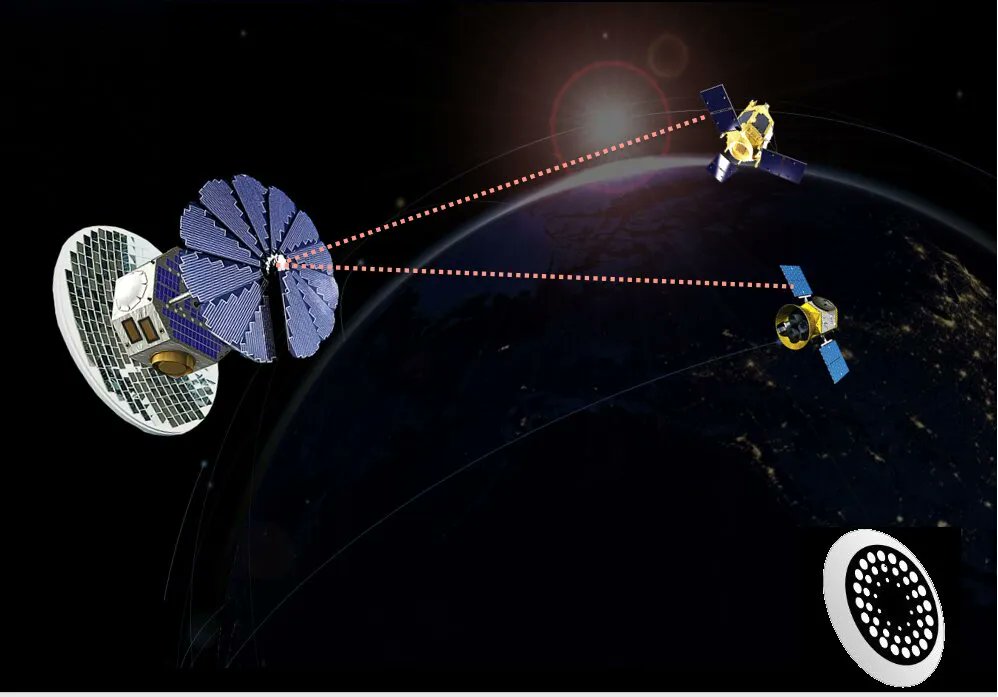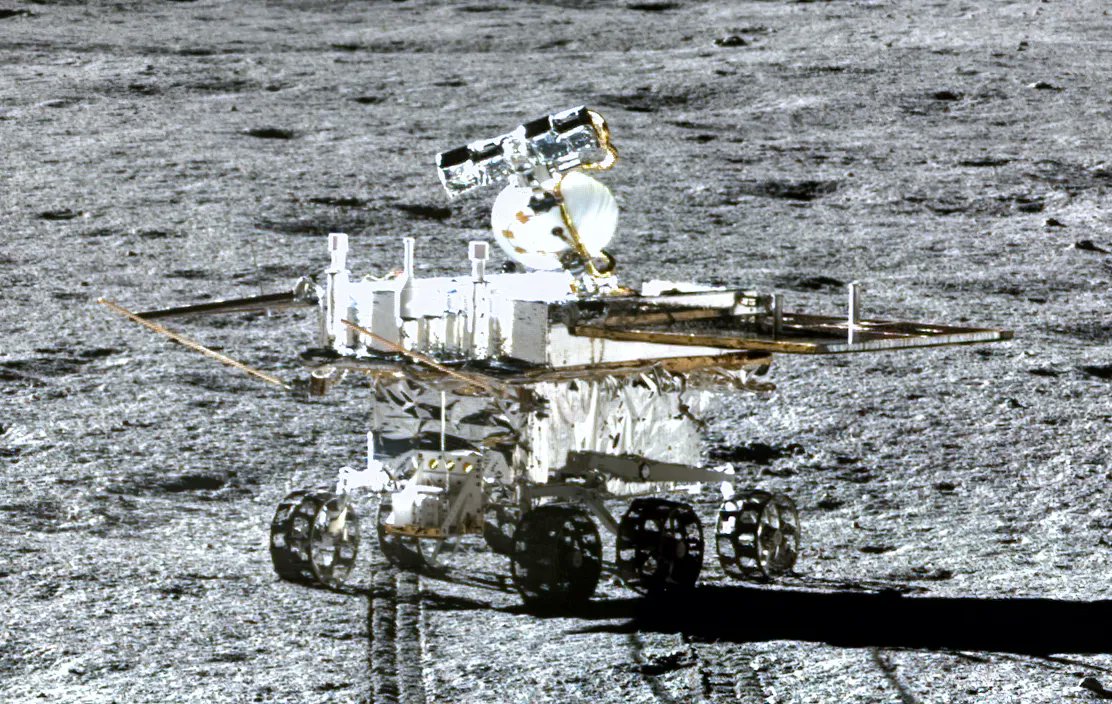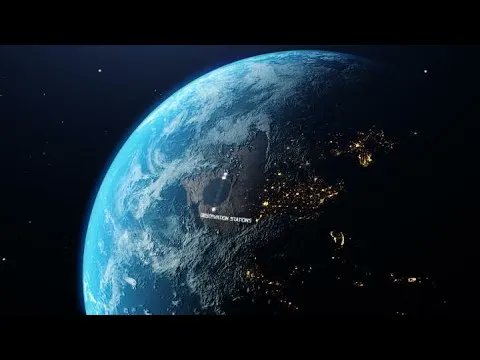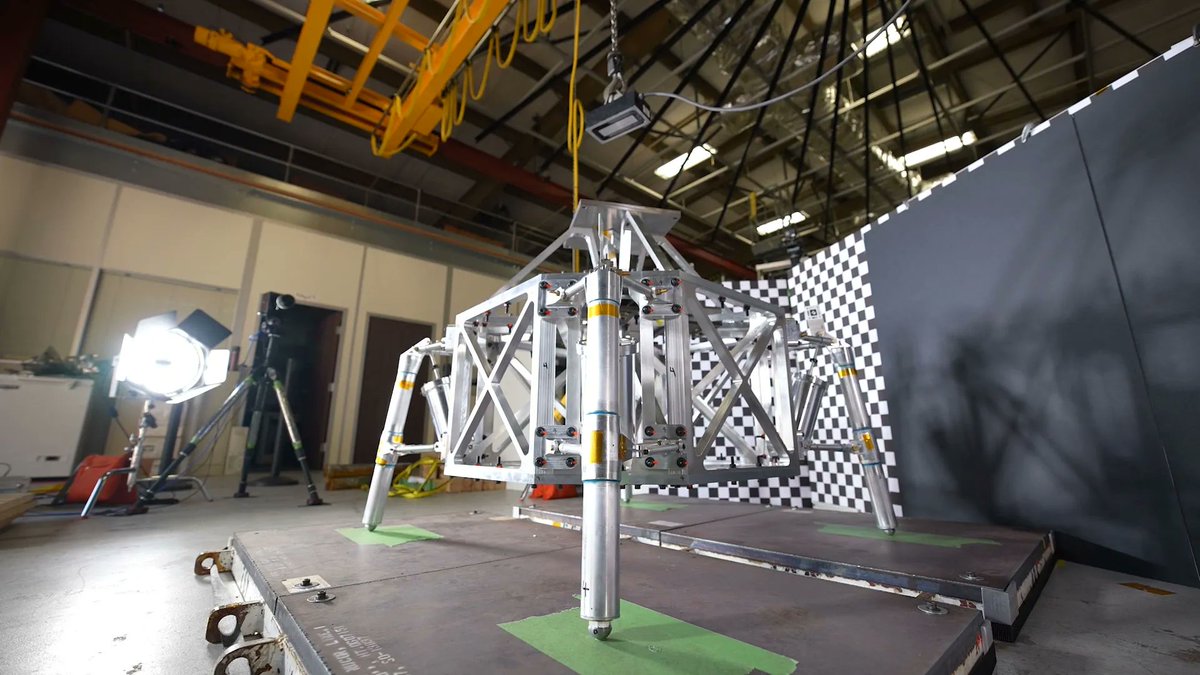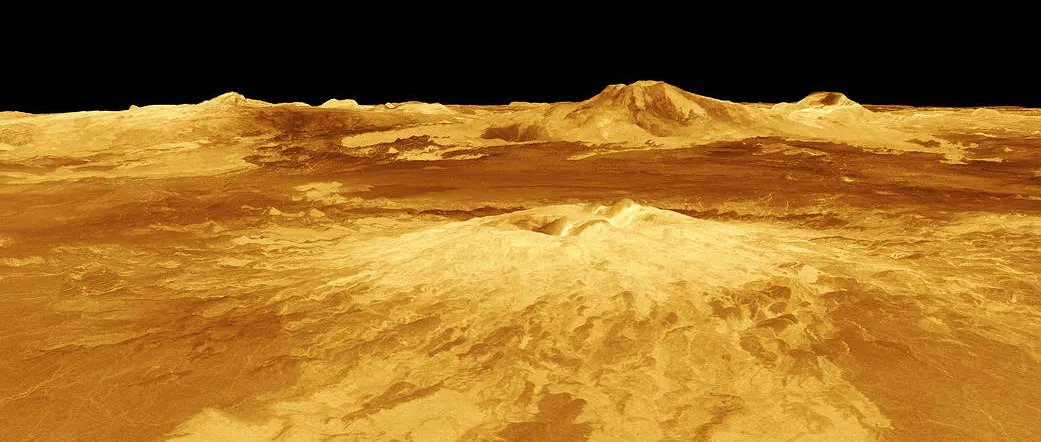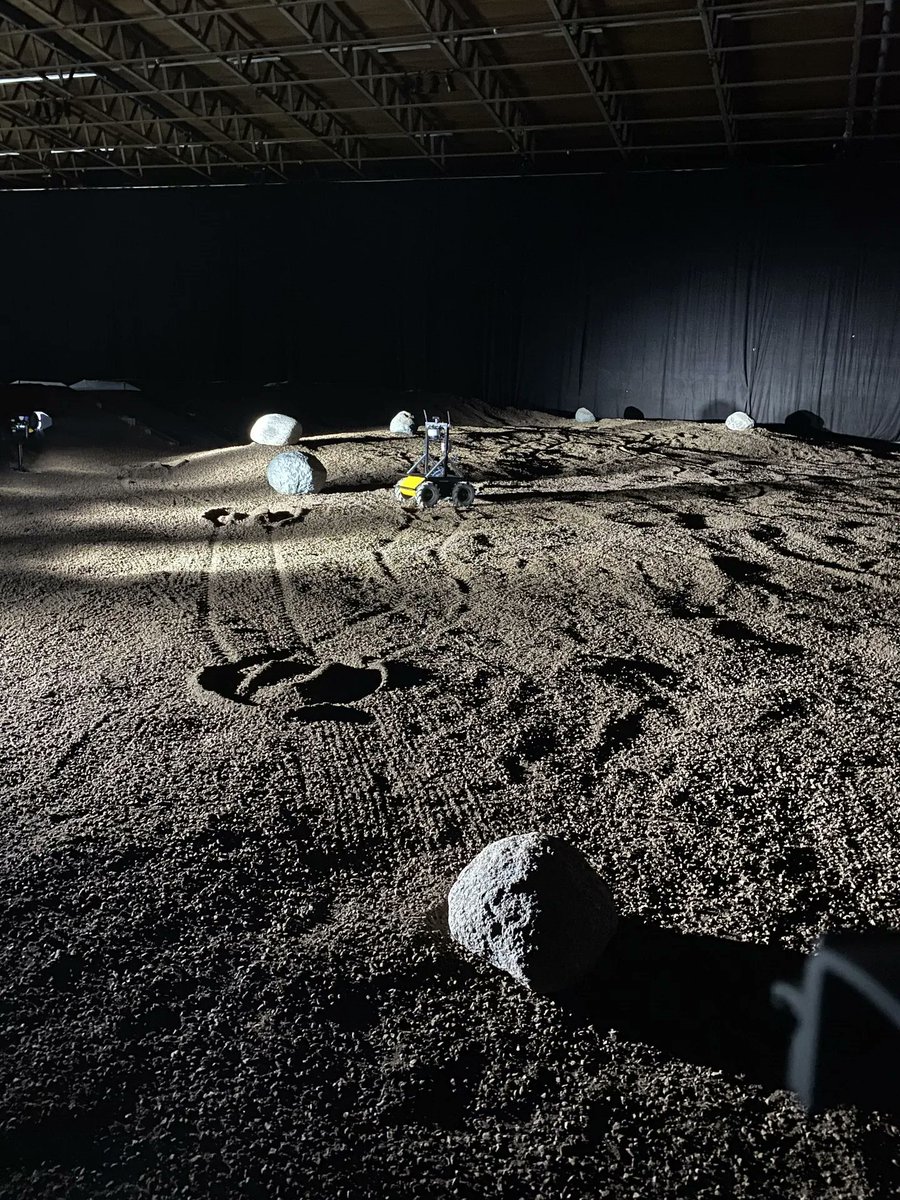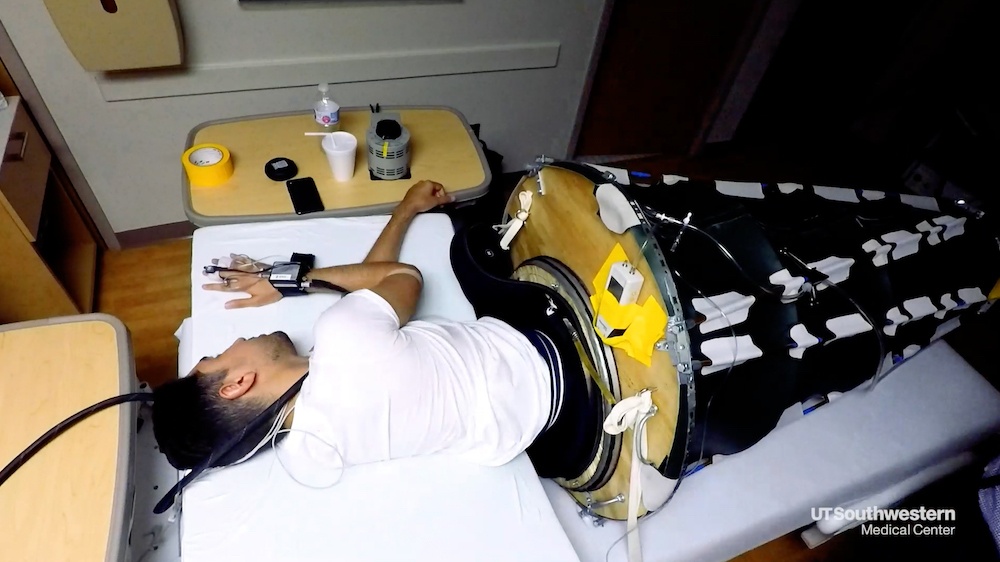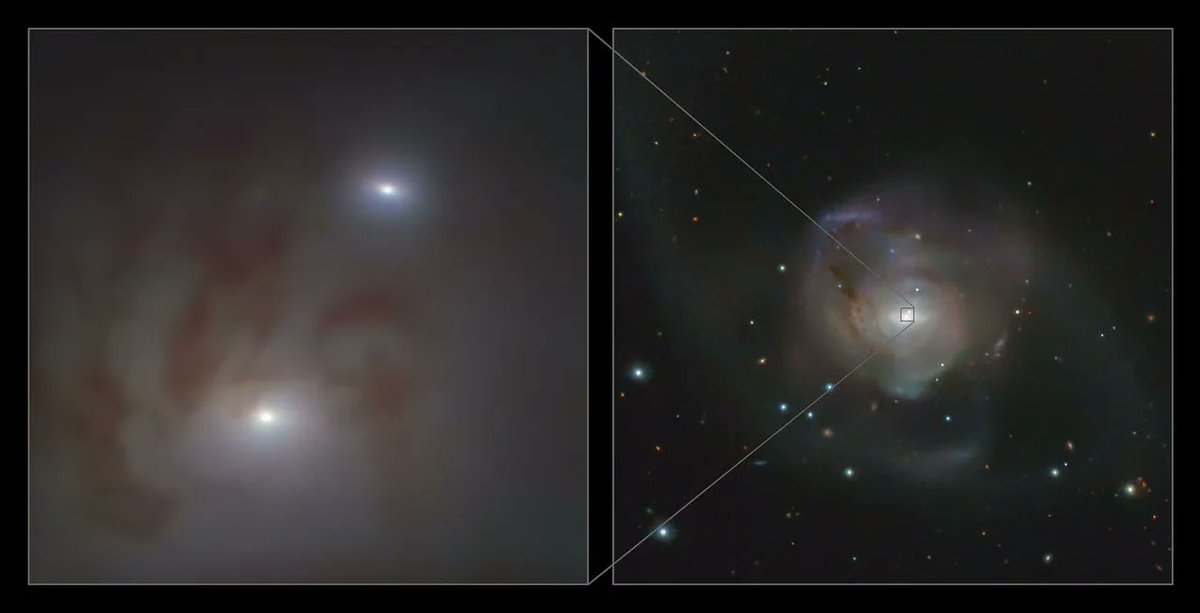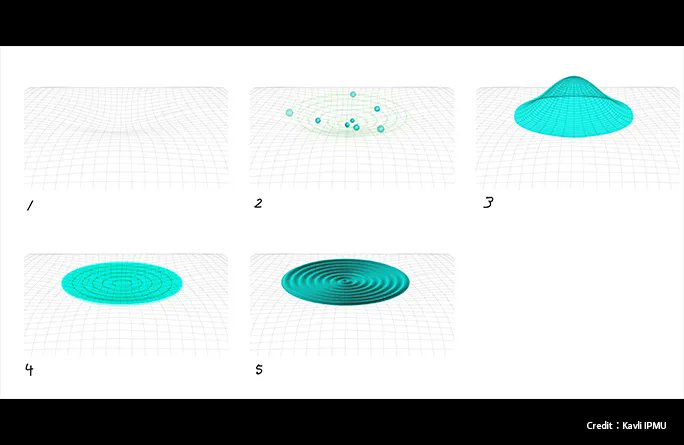As evidenced by a recent Netflix movie, dangerous asteroids can come from anywhere. So there was an obvious weakness in our asteroid defense system when only one of the hemispheres was covered by telescopes that constantly scan the sky. That was the case until recently, with the expansion of the Asteroid Terrestrial-impact Last Alert System (ATLAS) system into the southern hemisphere.
Continue reading “A Tracking System is now Scanning the Entire sky Every 24 Hours Looking for Dangerous Asteroids”Finally, a Practical use for Space-Based Power Beaming. Sending Power to Satellites in Shade
Power beaming is one of those technologies that can completely change the world. Almost unlimited power wherever it is needed, whenever it’s needed, is literally a technology straight out of science fiction. Researchers have been working on the technology for decades at this point, but there has been little commercial headway so far, so what is holding this revolutionary technology up? A “killer app” would certainly help move it along – and that is what a team from Space Power, a private company, and the University of Surrey think they have found in the form of powering other microsatellites.
Continue reading “Finally, a Practical use for Space-Based Power Beaming. Sending Power to Satellites in Shade”China’s Rover Finds That Regolith on the Moon’s far-Side is Stickier Than the Near-Side
We’re never able to see the far side of the moon from the Earth, but that doesn’t mean it’s that different. Recently rovers and satellites have started exploring the lesser-known side of the moon. They found a slightly different geology than that discovered on the near side, which might have implications for navigating the far side in the future.
Continue reading “China’s Rover Finds That Regolith on the Moon’s far-Side is Stickier Than the Near-Side”Astronomers Lined up Under an Asteroid’s Shadow to Measure its Size Precisely
Astronomers will go to great lengths for science. Recently, dozens of astronomers had the misfortune of traveling to one of the most tempting locales in the southwestern US – Las Vegas. But they weren’t there for the city’s bright lights – they were there to observe a very dim light of a star thousands of light-years away. And what they specifically wanted to see was the light from that star blink out for a few seconds. That lack of light provided the exact kind of data they needed to help them determine the size of Eurybates, one of the Trojan asteroids that will be the focal point of NASA’s Lucy mission.
Continue reading “Astronomers Lined up Under an Asteroid’s Shadow to Measure its Size Precisely”NASA is Already Designing Hardware for a Mars Sample Return Mission
Testing is key to the success of any space mission, and the more complex the mission, the more testing is required to complete it successfully. The Mars Sample Return (MSR) mission is one of the most ambitious missions ever undertaken. It started with the Perseverance rover, which is currently exploring Jezero crater while occasionally stopping to fill sample bottles with interesting material. But the more impressive engineering feat is what happens next. NASA plans to launch a combination lander, rover, and ascent rocket that will land on the Martian surface, pick up the sample containers Perseverance has left behind, sterilize them, launch them back into space, and then return them to Earth.
Continue reading “NASA is Already Designing Hardware for a Mars Sample Return Mission”A Private Mission to Scan the Cloud Tops of Venus for Evidence of Life
The search for life on Venus has a fascinating history. Carl Sagan famously and sarcastically said there were obviously dinosaurs there since a thick haze we couldn’t see through covered the surface. More recently, evidence has pointed to a more nuanced idea of how life might exist on our sister planet. A recent announcement of phosphine in the Venusian atmosphere caused quite a stir in the research community and numerous denials from other research groups. But science moves on, and now some of the researchers involved in the phosphine finding have come up with a series of small missions that will help settle the question more thoroughly – by directly sampling Venus’ atmosphere for the first time in almost 40 years.
Continue reading “A Private Mission to Scan the Cloud Tops of Venus for Evidence of Life”13 Rovers Recently Competed to Scour the (Simulated) Moon to Harvest Resources
Challenges are one way to encourage innovation. They’ve been leveraged by numerous space and non-space research organizations in the last decade, with varying degrees of success. The European Space Agency (ESA) is now getting in on the action, with a challenge to prospect the moon for vital resources that will make a sustainable presence there possible. Recently thirteen teams from all over the continent (and Canada) competed in a gloomy hall in the Erasmus Innovation Centre in the Netherlands.
Continue reading “13 Rovers Recently Competed to Scour the (Simulated) Moon to Harvest Resources”A Suctioning Sleeping bag Could Solve eye Problems in Space
As any good cardiologist would tell you, blood flow is key to your health. They probably won’t tell you that gravity is key to blood flow. But that’s probably because they don’t usually have to deal with patients that aren’t subject to gravity. When people are no longer subject to gravity, such as astronauts resident on the ISS, that lack of gravity can become a problem, especially when dealing with sensitive soft tissues such as the eyes. To solve that problem, a team of scientists and engineers have the University of Texas Southwestern have developed a special type of sleeping bag that might help astronauts with their blood flow issues caused by gravity, and potentially get their sight back.
Continue reading “A Suctioning Sleeping bag Could Solve eye Problems in Space”Galaxy Found With Twin Supermassive Black Holes
For literally being black in the truest sense of the word, black holes are surprisingly easy to spot. Astronomers have spent decades at this point purposely searching for them and have found thousands already, with potentially 100 billion existing in our part of the universe. We are still finding new types and configurations of black holes consistently. Now, new research led by Dr. Karina Voggel of the Strasbourg Observatory found a pair of black holes that hold the new records of being both the closest supermassive black hole pair to Earth and the closest together pair ever seen.
Continue reading “Galaxy Found With Twin Supermassive Black Holes”Gravitational Waves Could Explain why There’s More Matter Than Antimatter in the Universe
One of the questions underpinning both philosophy and science is “why are we here”? Ask an astrophysicist, and they might answer with an imbalance between matter and antimatter at the beginning of the universe. While that is a (relatively) simple explanation, it then begs the question – why was there an imbalance in the first place? Scientists have been seeking ways to test various theories regarding that imbalance but have come up empty-handed so far. Now, a team of theoretical physicists think they might have found a way to test some of those theories using gravitational waves.
Continue reading “Gravitational Waves Could Explain why There’s More Matter Than Antimatter in the Universe”
